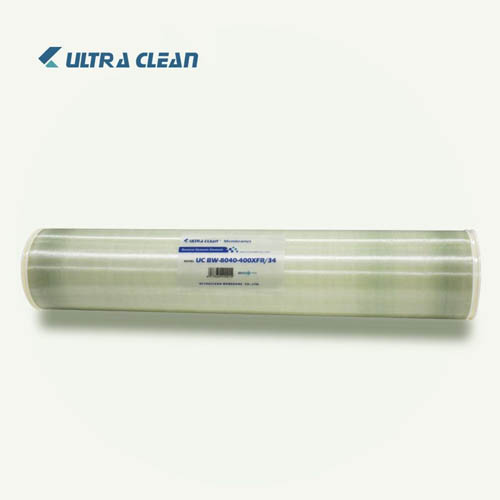
Desalination applications based on reverse osmosis (RO) technology today comprise over 50% of the capacity of all desalination systems worldwide and represent 75-85% of new desalination projects being implemented. The major reason for the shift in desalination projects to RO technology is the high energy efficiency of the RO process. There are three major application categories of large capacity, RO-based desalination projects: brackish RO; advanced municipal wastewater reclamation; and seawater RO. In the two first categories (brackish RO and wastewater reclamation), the systems’ configuration and equipment components are well defined. Therefore, project costs and operating expenses are fairly predictable. In seawater RO desalination systems, the RO process configuration is also very similar; however, some variability exists regarding the configuration of seawater water delivery and feed water pretreatment. The rest of the system’s components and system operation methods are very uniform. However, an evaluation of published cost data of medium- to large-scale water RO desalination projects illustrates significant variability in costs of desalination systems. The variability in the desalination systems process is especially noticeable among RO seawater desalination systems built at different geographic locations. In some cases, the difference in product water cost produced by plants of a similar capacity but located in different countries can exceed 100%. The existence of such a great difference is very noticeable, considering that the desalination process, plant configuration and construction materials of seawater RO (SWRO) equipment are quite similar for the majority of plants. The critical components of RO desalination plants – membrane elements and pressure vessels – are standardized with respect to configuration, dimensions and capacity, and have similar market prices worldwide. All new SWRO desalination systems utilize similar types of high-pressure pumps and energy recovery devices, which brings energy usage to a similar range of 3-4 KWh/m3. This suggests that the difference in economics of SWRO desalination projects is the result of localized factors such as local labor rates, cost of construction materials and site-specific environmental regulations. To overcome issues of high local project cost components, it has become more common to construct the major components of a desalination system at locations having low labor rates and bring the assembled subsystem (via maritime shipment) to the desalination plant site for the final integration. An additional approach for reducing product water cost is to optimize the RO membrane unit configuration through the selection of membrane elements. The objective is to reduce feed pressure while still producing the required permeate quality. These efforts are leading to a shift in membrane element selection to the utilization of higher permeability membranes and applying a partial two-pass system configuration as required. This approach is encountering limitations inherent to high permeability membranes: unacceptably high permeate salinity and/or concentrate pressure converging to the level of osmotic pressure of the concentrate, i.e., possible operation at negligible net driving pressure (NDP) at the concentrate end of the RO membrane unit. Therefore, an additional reduction in the power requirement of the RO process through a reduction in feed pressure is not very likely. Still, very high permeability SWRO membrane elements can be utilized to reduce the cost of the RO system while producing permeate of acceptable quality. In this system design approach, the very high permeability membrane elements will be utilized for operation at elevated permeate flux and enable a reduction in size of RO membrane units.